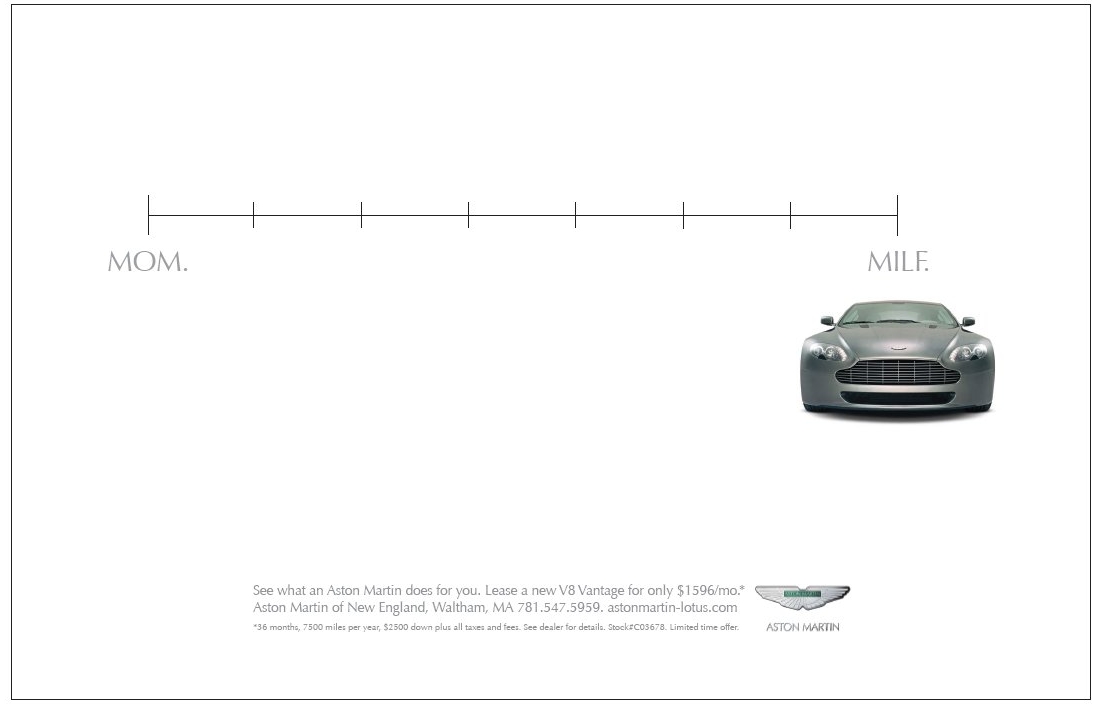On the topic of public relations I realized that marketing really has to do with everything.
Relation of the publics–the part that applies to us consumers the most is company relations to us.
For a TV show like Top Gear, relations with the audience is a part of its promotions and public relations.
So, obviously, when an incident such as Ben Collins being exposed as The Stig happened, there was a lot of patching up to do by BBC. What was to happen to the carefully constructed mystique around The Stig?
The Stig, as a concept and idea, had been expanded into merchandise playing on the unknown identity of the character (with t-shirts declaring I AM THE STIG being sold in the BBC Store) and was obviously a very profitable product line for BBC as well as a source of promotion and hype-building for Top Gear. When Ben Collins stepped out to announce himself as The Stig, the mystery was shattered–the whole concept was shattered.
How would BBC patch relations with the public after that incident?
BBC could be seen as the “bad guy” because Ben Collins appeared to be dissatisfied with the conditions he had to work under and keeping him mum was apparently painful. BBC also had to suffer the repercussions of having to find a new “Stig” and by then, the mystery was already gone.
This was BBC’s reply to the situation. (I’m sorry I can’t paste the video here)
edit: I FOUND THE VIDEO ON YOUTUBE! 😀

In one video, BBC addressed the concerns over the image/concept of The Stig as well as created hype for its upcoming Season 16. I’m not sure if it was on purpose, but it also made a slur at Ben Collins when it said that some Stigs even think they could write books. (Ben Collins was going to release an autobiography)
Point is–I found the video really funny and clever of BBC because instead of eradicating The Stig completely, they took the idea and informed fans that they could produce a new Stig and further added to the concept of the Stig as being non-human (and maybe even super-human).



